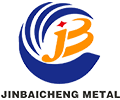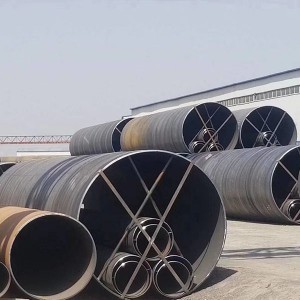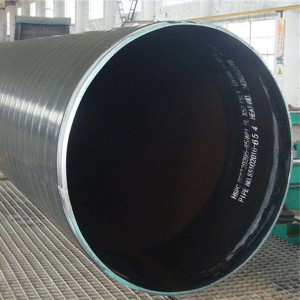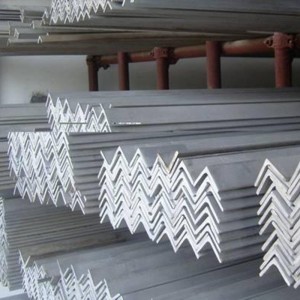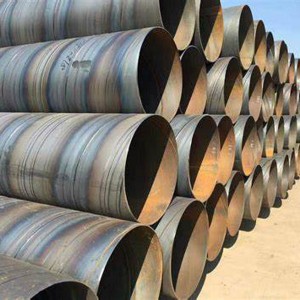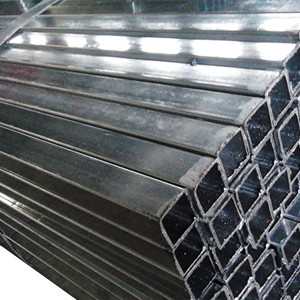Q235B Spiral Tube
Commonly used standards for spiral steel pipes are generally divided into: SY/T5037-2000 (Ministry standard, also called spiral seam submerged arc welded steel pipe for ordinary fluid transportation pipelines), GB/T9711.1-1997 (National standard, also called oil and gas industry transmission steel pipe The first part of the technical delivery conditions: Grade A steel pipe (GB/T9711.2 Grade B steel pipe is strictly required), API-5L (American Petroleum Institute, also called pipeline steel pipe; which is divided into two grades: PSL1 and PSL2), SY/T5040-92 (Spiral submerged arc welded steel pipe for pile).
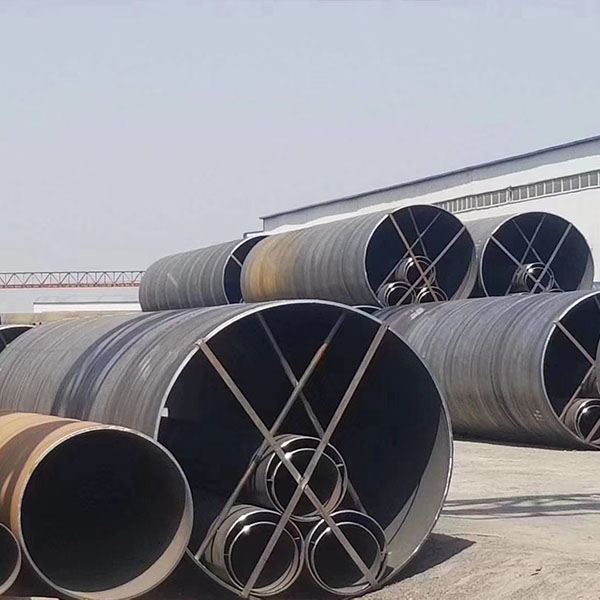
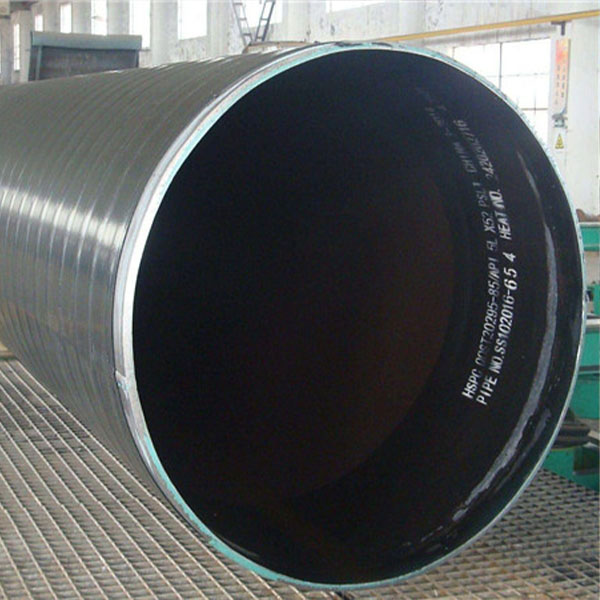
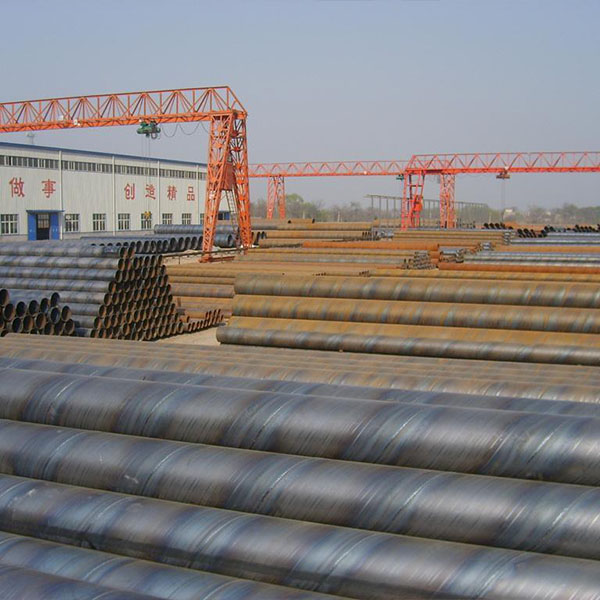
(1) The raw materials are strip steel coils, welding wires, and fluxes. Strict physical and chemical inspections are required before investment.
(2) Butt joint of strip steel head and tail, using single-wire or double-wire submerged arc welding, after coiling into steel pipe, automatic submerged arc welding is used for repair welding.
(3) Before forming, the strip undergoes leveling, edge trimming, edge planing, surface cleaning and conveying, and pre-bending treatment.
(4) The electric contact pressure gauge is used to control the pressure of the cylinders on both sides of the conveyor to ensure the smooth conveying of the strip.
(5) Adopt external control or internal control roll forming.
(6) The weld gap control device is used to ensure that the weld gap meets the welding requirements, and the pipe diameter, the amount of misalignment and the weld gap are strictly controlled.
(7) Both internal welding and external welding adopt American Lincoln electric welding machine for single-wire or double-wire submerged arc welding, so as to obtain stable welding specifications.
(8) Welds are inspected by an online continuous ultrasonic automatic flaw instrument, which guarantees 100% non-destructive testing coverage of spiral welds.
(9) Use an air plasma cutting machine to cut the steel pipe into individual pieces.
(10) After cutting into single steel pipes, the first three steel pipes of each batch shall undergo a strict first inspection system to ensure that the pipe-making process is qualified before being officially put into production.
(11) The parts with continuous sonic flaw detection marks on the welds undergo manual ultrasonic and X-ray re-examination.
(12) The pipes where the strip steel butt welding seams and the D-shaped joints intersecting the spiral welding seams are all inspected by X-ray television or filming.
(13) Each steel pipe undergoes a hydrostatic pressure test, and the pressure adopts a radial seal. The test pressure and time are strictly controlled by the steel pipe hydraulic microcomputer detection device. The test parameters are automatically printed and recorded.
(14) Pipe end machining, so that the verticality of the end face, the bevel angle and the obtuse edge can be accurately controlled.
Spiral seam submerged arc welded steel pipe (SY5036-83) for pressure-bearing fluid transportation is mainly used for pipelines for transporting oil and natural gas; spiral seam high-frequency welded steel pipe (SY5038-83) for pressure-bearing fluid transportation, using high-frequency lap welding method Welded, spiral seam high-frequency welded steel pipe for pressure-bearing fluid transportation. The steel pipe has strong pressure-bearing capacity and good plasticity, which is convenient for welding and processing. Generally, the spiral seam submerged arc welded steel pipe (SY5037-83) for low-pressure fluid transportation is made by double-sided automatic submerged arc welding or single-sided welding for water, Submerged arc welded steel pipe for conveying general low pressure fluid such as gas, air and steam
